Have you ever reached out to scoop up your cat, only to be met with a wriggle, a glare, or a lightning-fast escape? If so, you’re not alone. For many passionate cat lovers, the desire to cuddle and hold their furry friend is met with a level of resistance that can feel almost personal. But here’s a surprising truth: most cats don’t naturally enjoy being picked up. This isn’t a sign that your cat doesn’t love you—it’s just their unique way of communicating comfort, boundaries, and trust. Understanding what’s really going on in your cat’s mind can help transform those moments of rejection into opportunities for deeper connection. Let’s dive into the fascinating, sometimes hilarious, sometimes heartbreaking reasons why cats don’t want to be picked up—and how you can gently change their minds.
Personal Space Is Sacred to Cats

Cats are notorious for valuing their personal space. Just like some people prefer a bubble of space around them, felines have their own invisible boundary lines. When you pick up a cat, you’re crossing that line in a big way. For many, this feels like an invasion, triggering a need to escape rather than a desire to cuddle. It’s not that they don’t love you—they just want to choose when and how to be close. If you’ve ever seen your cat curl up on your lap on their own terms, you know they crave closeness, just with a hefty dose of independence. To help your cat feel more comfortable, let them approach you first and reward them with gentle pets instead of immediate scooping.
Negative Past Experiences
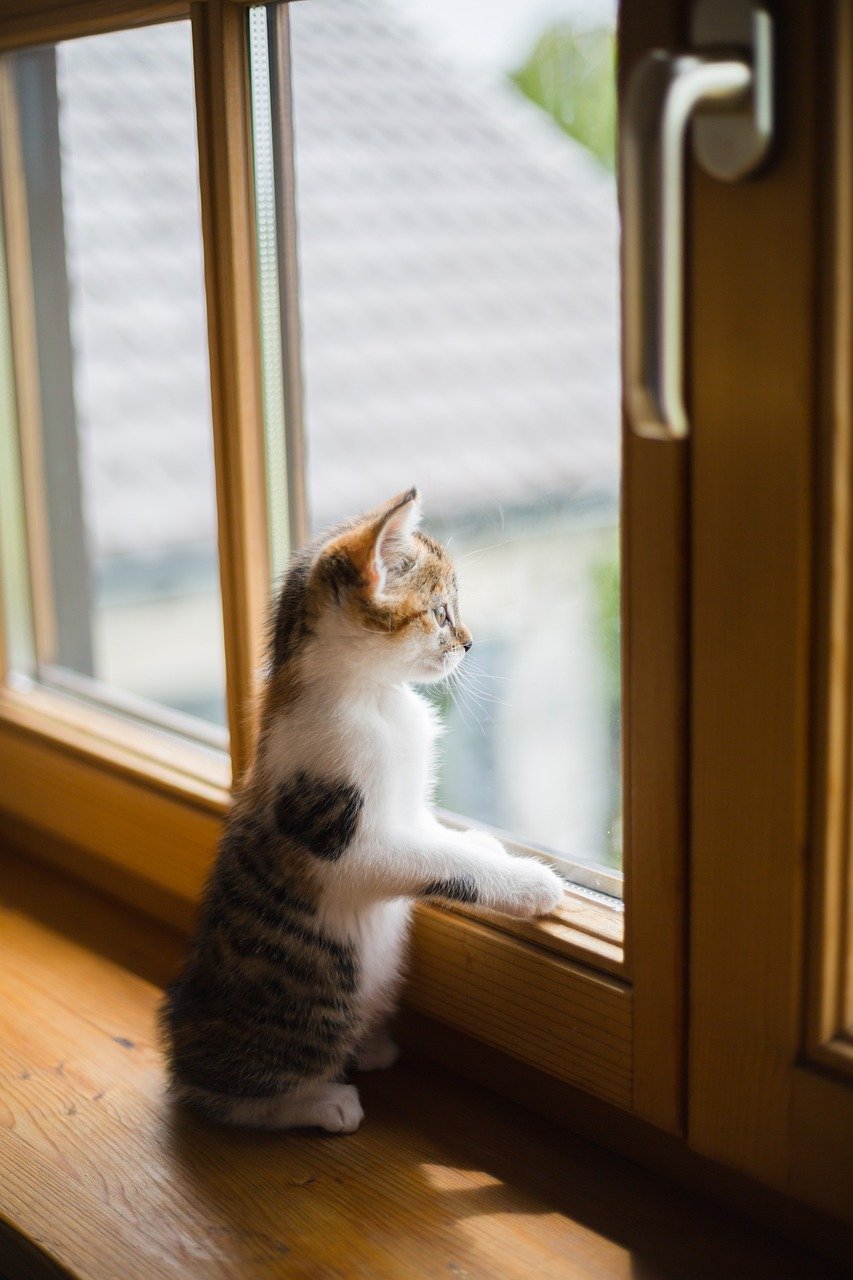
A cat’s memory is sharper than you might think. If they’ve ever been picked up roughly, dropped, or startled while being held, they may associate the act with fear or discomfort. Even a single negative encounter can sour their feelings about being lifted off the ground. This can be especially true for adopted cats or those with unknown histories. The good news is, trust can be rebuilt with patience and positive reinforcement. Try holding your cat for a few seconds at a time, gradually increasing the duration with lots of treats and praise.
Loss of Control Makes Cats Anxious
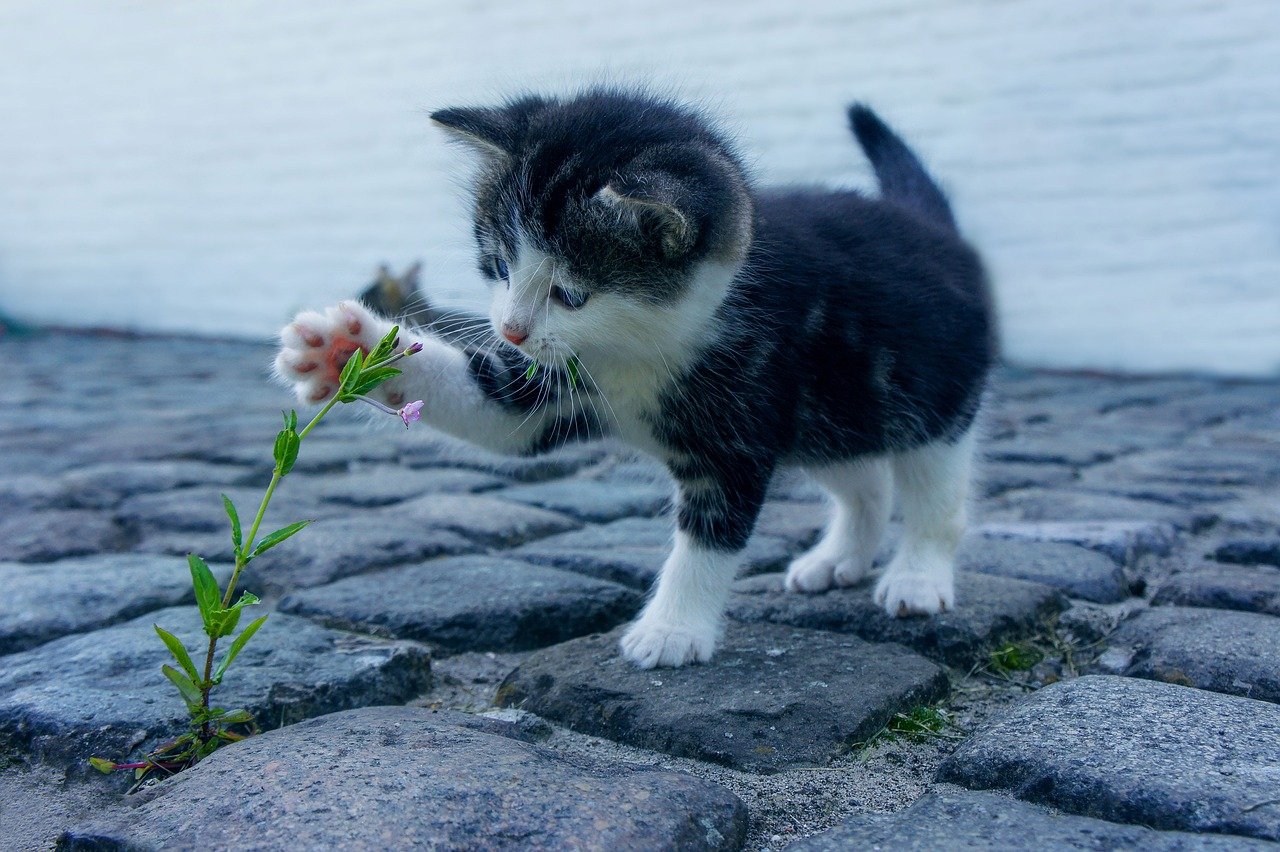
Imagine being swept off your feet—literally—by someone fifteen times your size. That’s what being picked up feels like to a cat. Suddenly, all four paws are off the ground, and there’s no way to escape if something goes wrong. This loss of control can make even the sweetest kitty nervous or panicked. Most cats like to keep their escape routes open, and being picked up closes those doors. To make your cat feel safer, always support their paws and body, and avoid sudden movements that increase their anxiety.
Physical Discomfort or Pain

Sometimes, a cat’s reluctance to be picked up is a sign of something more serious. If your cat suddenly resists being held when they used to enjoy it, pain or discomfort could be the culprit. Arthritis, injuries, or sensitive spots can make being lifted uncomfortable or even unbearable. Always be gentle and observant when handling your cat. If you notice other changes in their behavior—like limping or hiding—consult your vet to rule out medical issues.
Natural Instincts and Survival
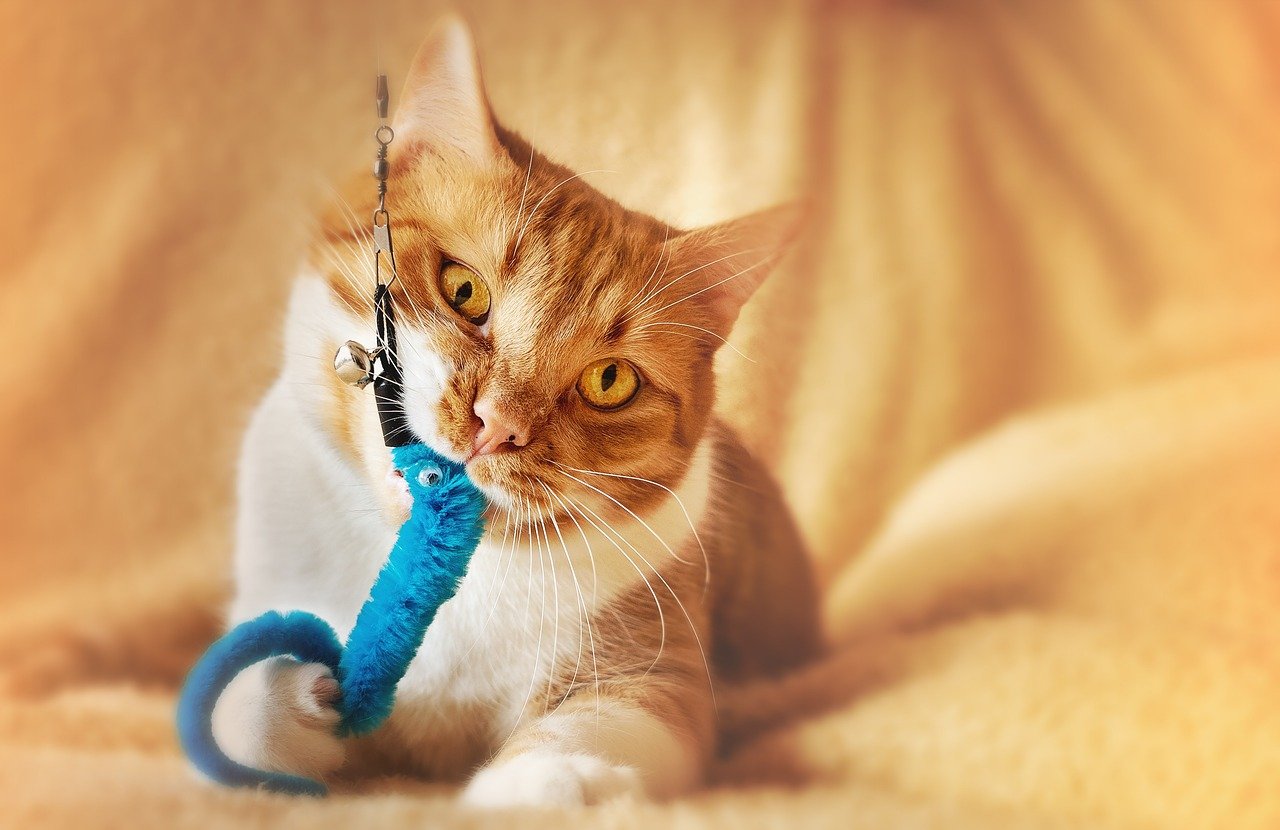
In the wild, being lifted from the ground often means trouble. Predators grab small animals from above, so when you pick up your cat, you might be triggering an instinctive fear response. Your cat’s brain is wired for survival first, cuddles second. This primal response doesn’t mean your cat sees you as a threat, but it does mean they can’t help but react. You can work with, not against, these instincts by approaching your cat from the side or below, rather than reaching over their head.
Lack of Socialization as a Kitten
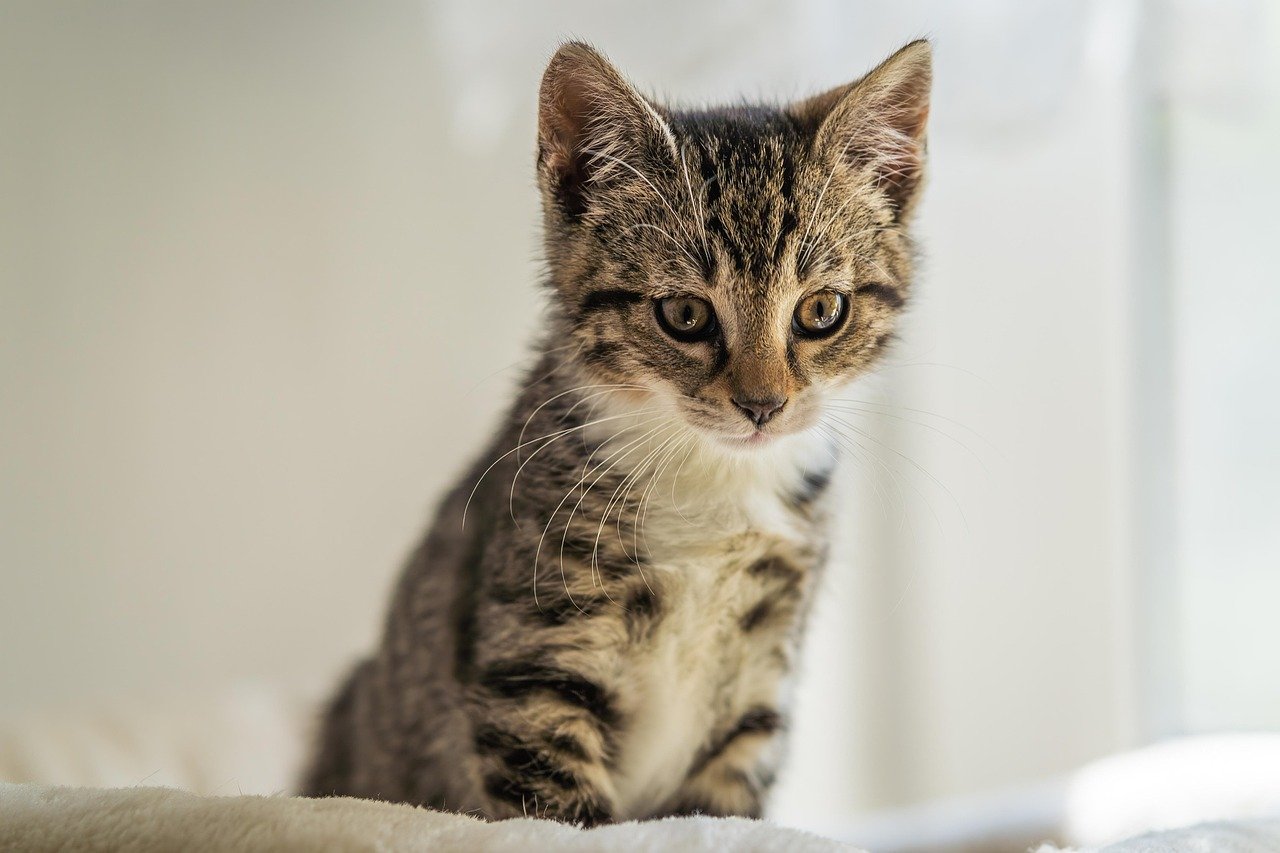
Early experiences shape a cat’s comfort with handling. Kittens that are gently handled, cuddled, and exposed to human touch in their first weeks are often more relaxed about being picked up as adults. If your cat wasn’t socialized early, being lifted may always feel strange or stressful. It’s never too late to start, though: use treats, toys, and positive experiences to slowly get your cat used to touch and gentle lifting.
They’re Simply Not in the Mood
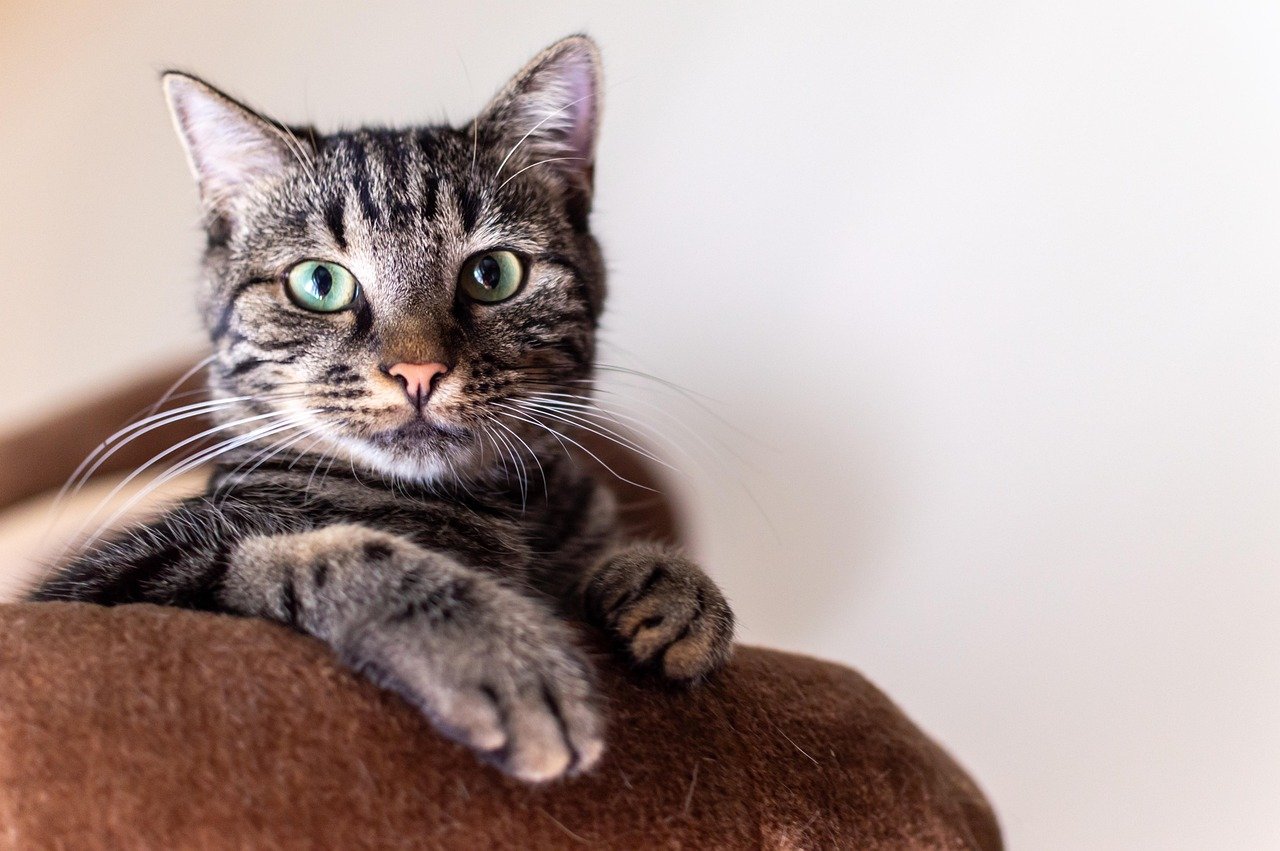
Cats are creatures of mood and routine. Sometimes, they’re in the mood for affection; other times, they just want to be left alone. Trying to pick up your cat when they’re sleeping, eating, or focused on something else is almost guaranteed to fail. Pay attention to your cat’s body language—if their tail is twitching or ears are back, it’s best to wait. Letting your cat set the pace for affection will make them more likely to come to you when they’re ready.
Overstimulation Sensitivity
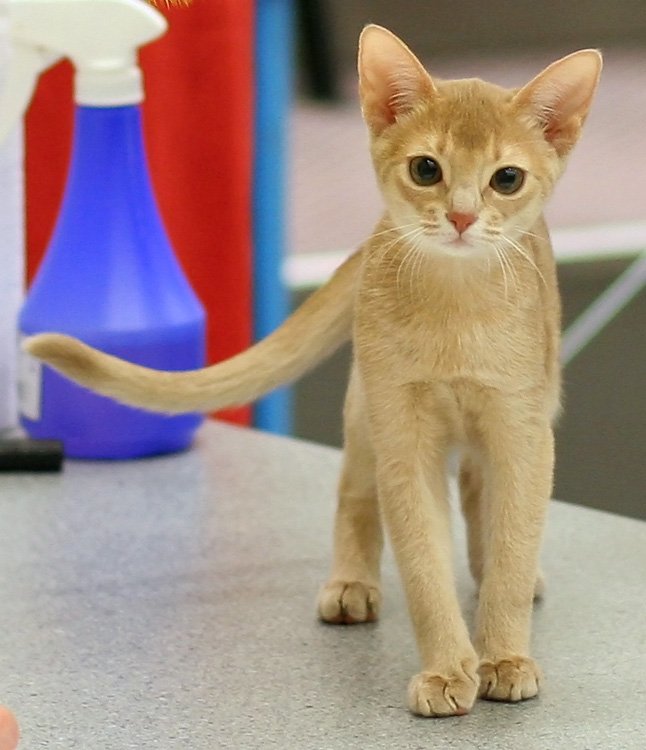
Some cats are extra sensitive to touch, especially in certain areas like their bellies or tails. Being picked up can quickly lead to overstimulation, turning a purr into a hiss in seconds. You might notice your cat starts squirming, growling, or even nipping after just a few moments of holding. Learn your cat’s signals and limits. Short, gentle holds—paired with treats and soothing words—can help increase their tolerance over time.
Fear of Heights
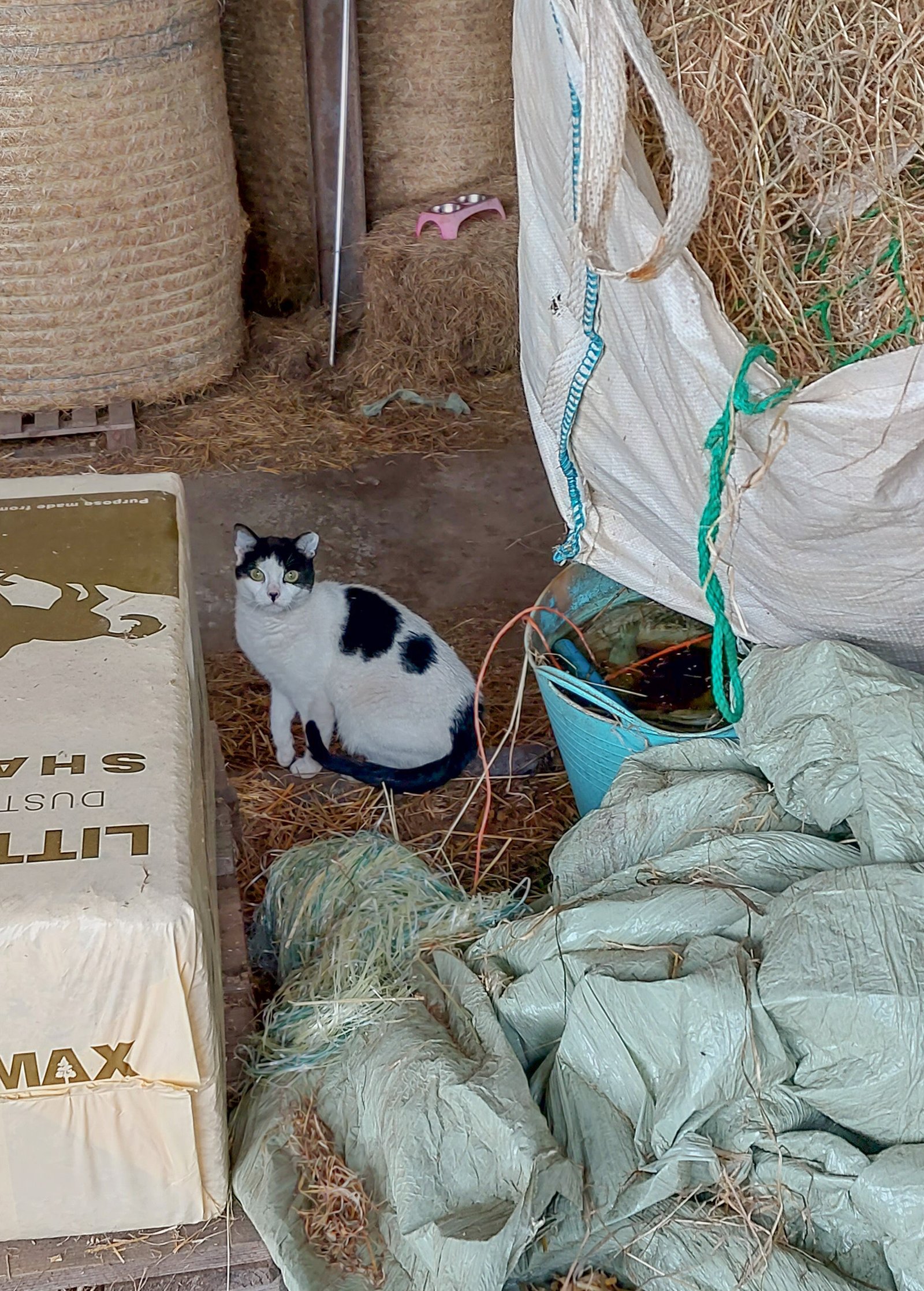
It might sound funny, but some cats are actually afraid of heights. While many cats love climbing and perching, being held high off the ground is a different story. The feeling of instability or vulnerability can make them anxious. If your cat tenses up when lifted, try holding them close to your body and keeping them low to the ground until they feel more secure. Gradually increasing the height in a calm, comforting way can help ease their fears.
Unfamiliar Scents or Situations
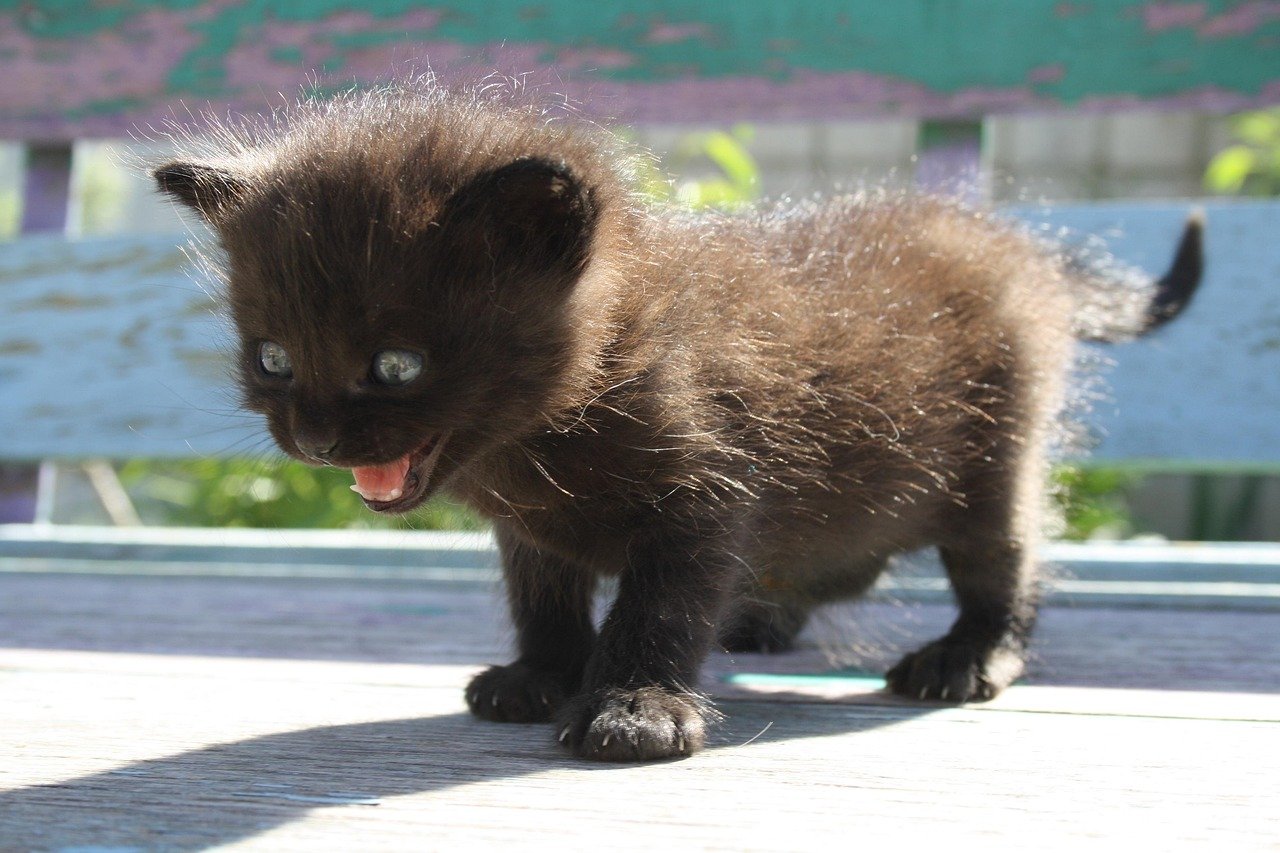
Cats rely heavily on scent to feel safe and calm. If you’ve just come home from work, been around other animals, or changed your perfume, your cat might not recognize your scent right away. Unfamiliar smells or chaotic environments can make being picked up especially stressful. Try washing your hands before handling your cat and offering a favorite blanket or toy to help them feel more comfortable.
Being Held Improperly

How you pick up your cat matters—a lot. Holding them loosely or without support can make them feel as if they’re about to fall. Cats need to feel their whole body is supported, especially their back legs. Use both hands: one under the chest and one supporting the hindquarters. If your cat feels safe and balanced, they’re much more likely to relax in your arms. Practice proper technique and your cat may start to enjoy being held more often.
Too Many People or Distractions
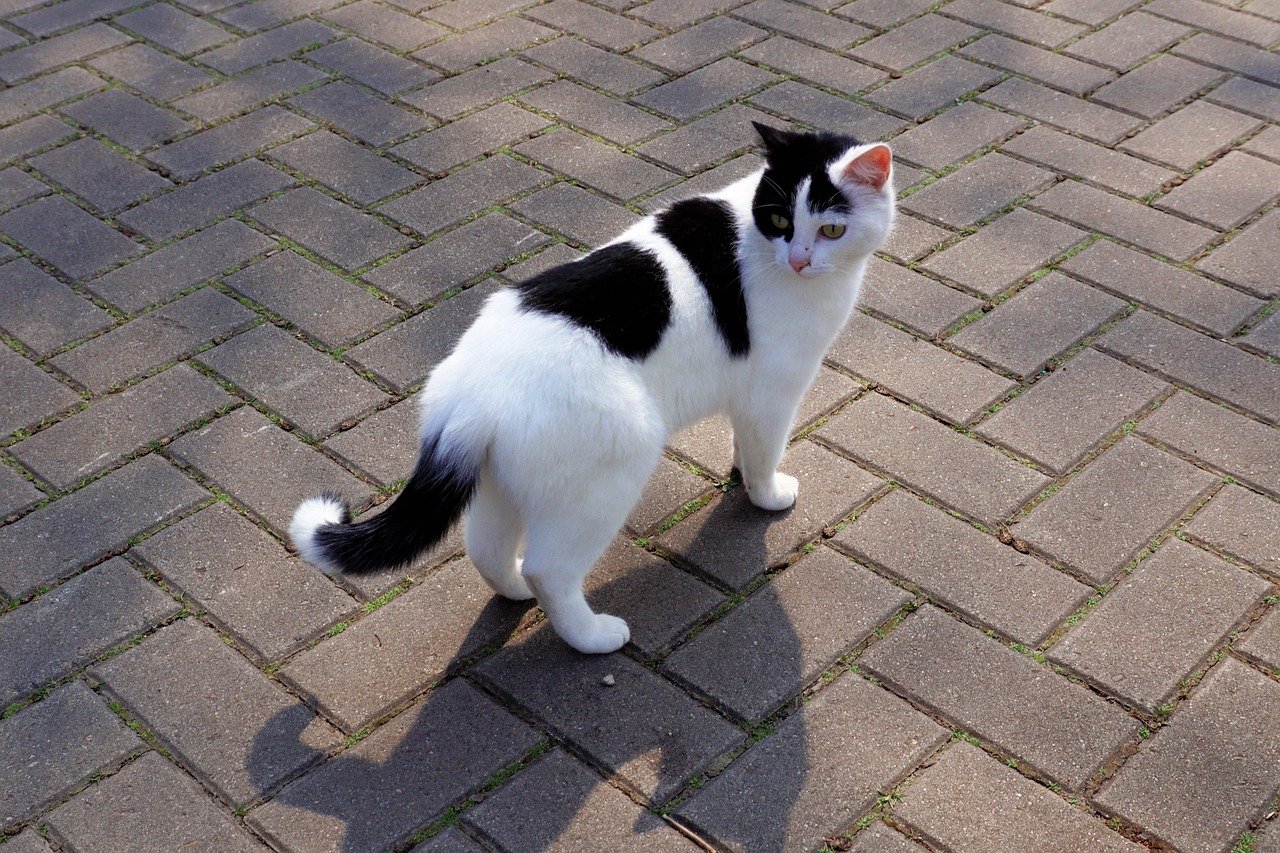
A noisy household, lots of guests, or even just the TV blaring can make your cat feel on edge. In these situations, being picked up can add to their stress. Cats prefer calm, predictable environments when it comes to close contact. If your cat seems jumpy, wait for a quiet moment to try holding them. Creating a peaceful atmosphere can make a world of difference in how your cat responds.
New or Traumatic Life Changes
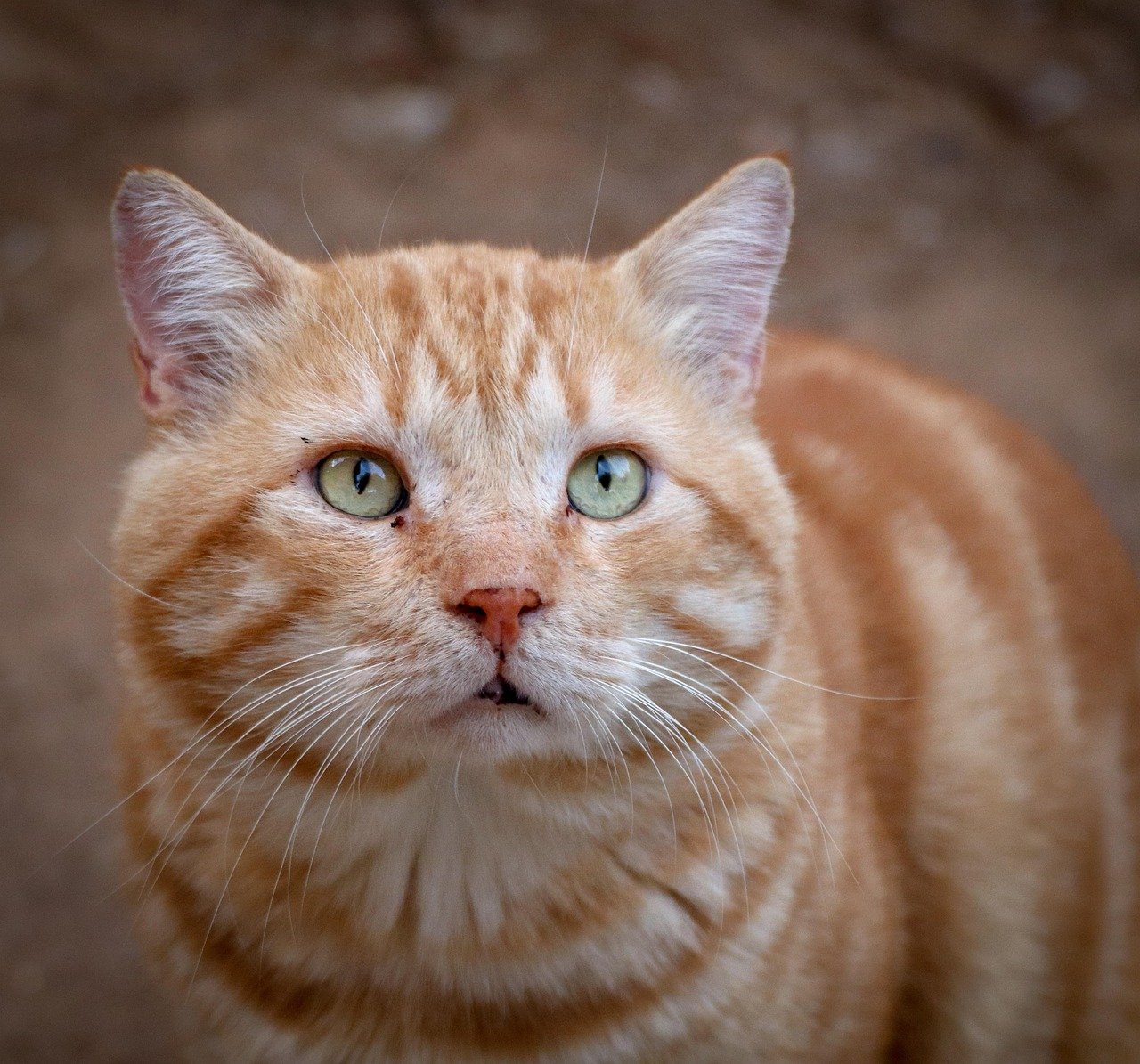
Cats are creatures of habit, and big changes—like moving, adding a new pet, or a change in your schedule—can make them more sensitive about being touched or held. Traumatic events, like a trip to the vet or a loud thunderstorm, can leave lingering anxiety. Give your cat time to adjust to new circumstances before trying to pick them up. Offer extra reassurance, treats, and patience during transitions.
Preference for Ground-Level Affection
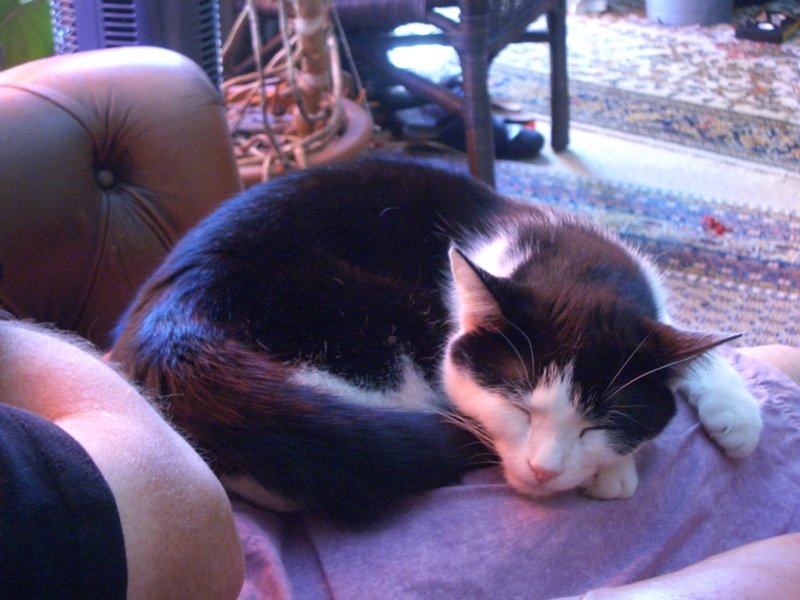
Some cats simply prefer to keep their paws on solid ground. They may be perfectly happy to rub against your legs, sit on your lap, or curl up nearby, but resist being lifted. Accepting your cat’s preferred style of affection shows respect for their boundaries. Try sitting on the floor or couch to invite cuddles at their level rather than insisting on hugs from above.
Age-Related Sensitivities
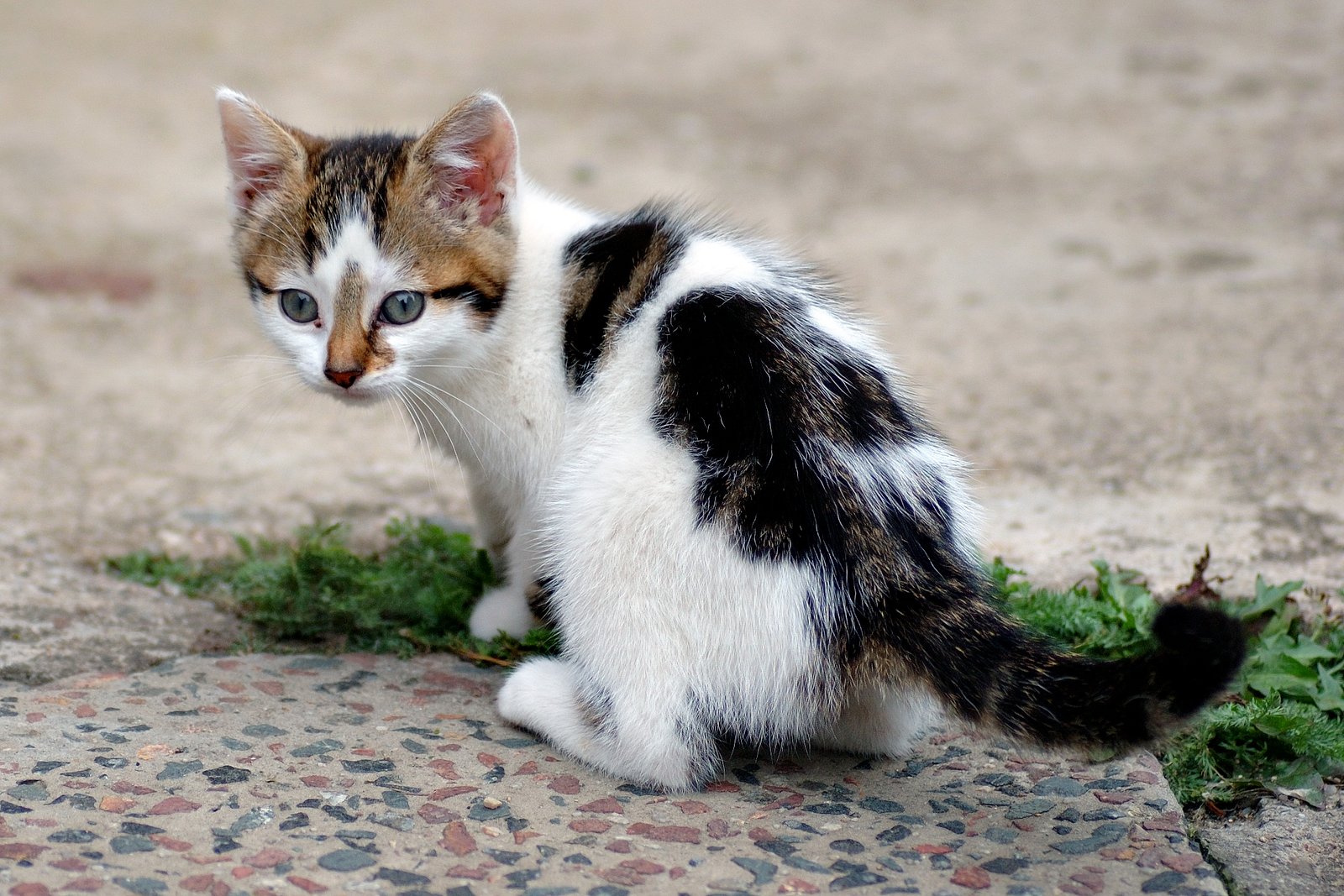
As cats get older, they may develop sensitivities that make being picked up less appealing. Stiff joints, reduced flexibility, and other age-related changes can turn an ordinary lift into an uncomfortable ordeal. Take extra care with senior cats, supporting their full body and moving slowly. If your older cat resists being picked up, focus on gentle petting and lap-time instead.
Lack of Trust or Bond
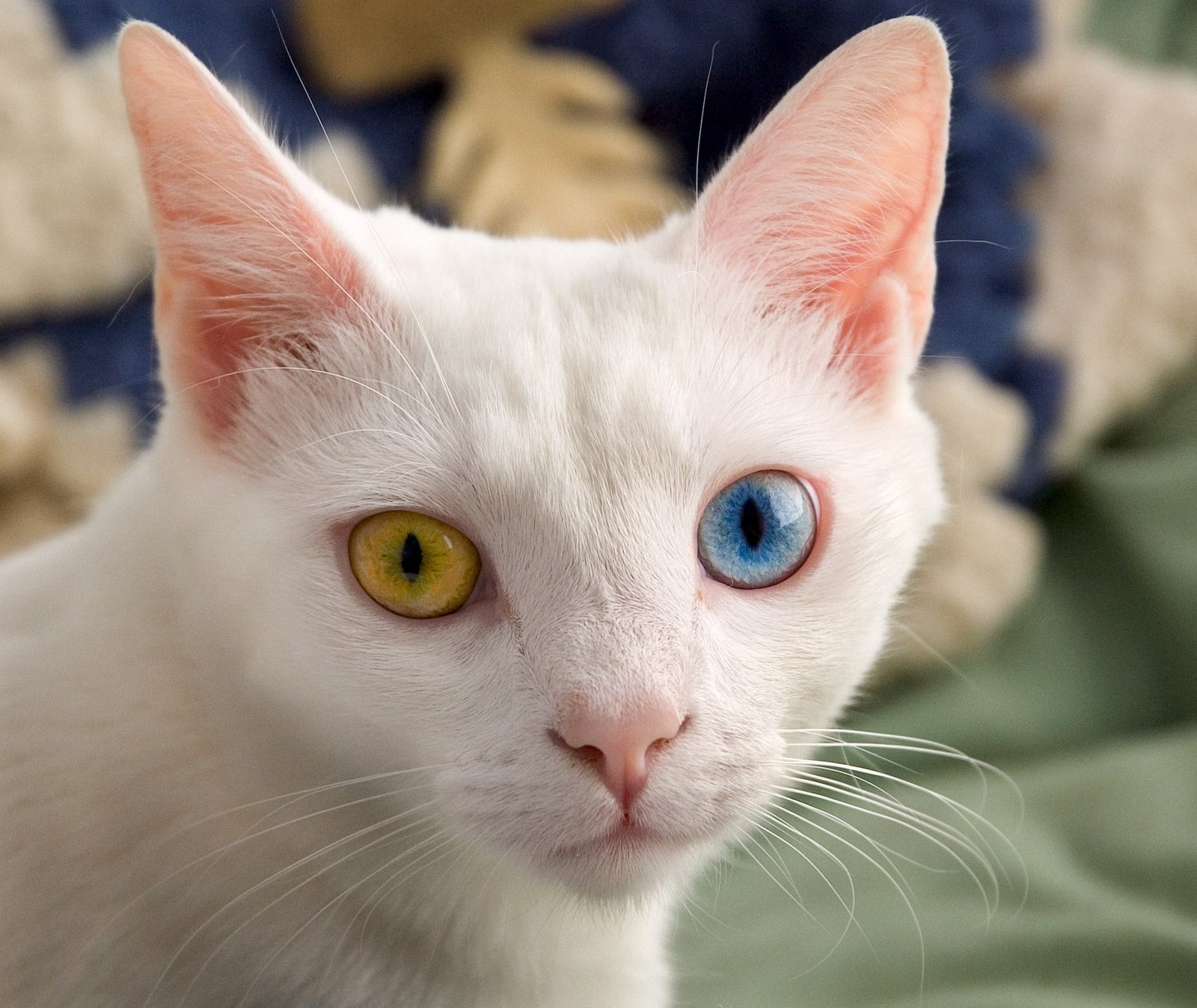
Trust is the foundation of any relationship, and cats are no exception. If you haven’t spent much time bonding with your cat, they may not feel safe being picked up. Build trust by playing, feeding, and spending quiet time together. Let your cat come to you and reward positive interactions. With time, your cat may begin to associate being held with love and security.
They’re in the Middle of Something Important
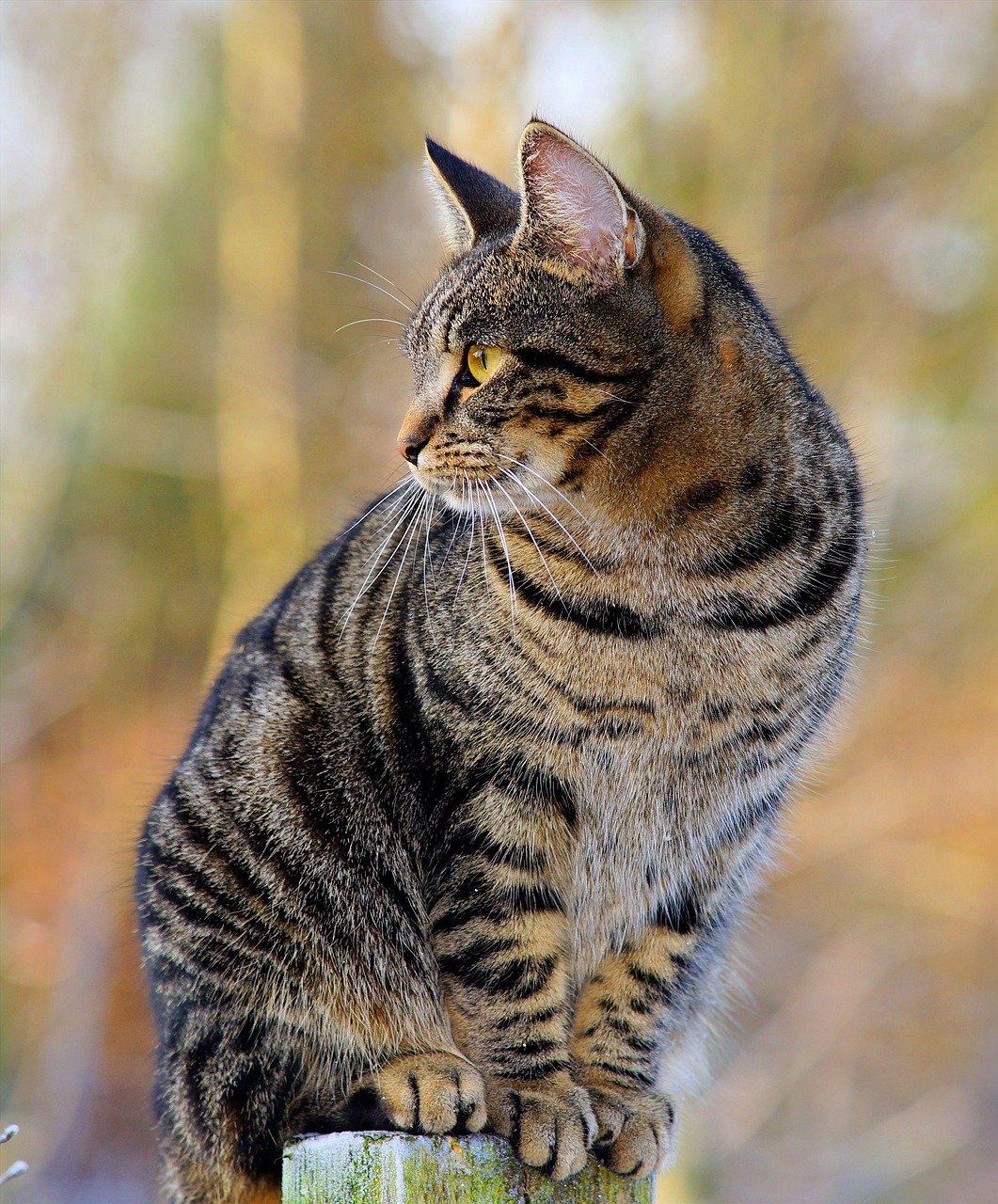
Cats can be intensely focused creatures. Whether they’re hunting a toy, watching birds, or just in a deep nap, they don’t appreciate interruptions. Picking up your cat in these moments is like yanking someone away from their favorite TV show at the climax. Wait for a natural break in their activity and invite them for cuddles instead of forcing the issue.
Strong Territorial Instincts

For some cats, their territory is their kingdom—and being picked up means leaving their safe zone. This can be especially true for cats in multi-pet households or those who are new to their environment. Respect your cat’s need for territorial security by allowing them to approach you in their own space. Gradually introduce holding while they’re in familiar, comfortable places.
Seasonal or Hormonal Changes

Believe it or not, a cat’s mood and receptiveness to being held can change with the seasons or hormonal shifts. For example, female cats in heat or males sensing rivals may be more agitated and less open to handling. Even weather changes—like a sudden heatwave—can affect your cat’s tolerance for close contact. Pay attention to patterns and adjust your approach accordingly, always putting your cat’s comfort first.
How to Gently Change Their Mind
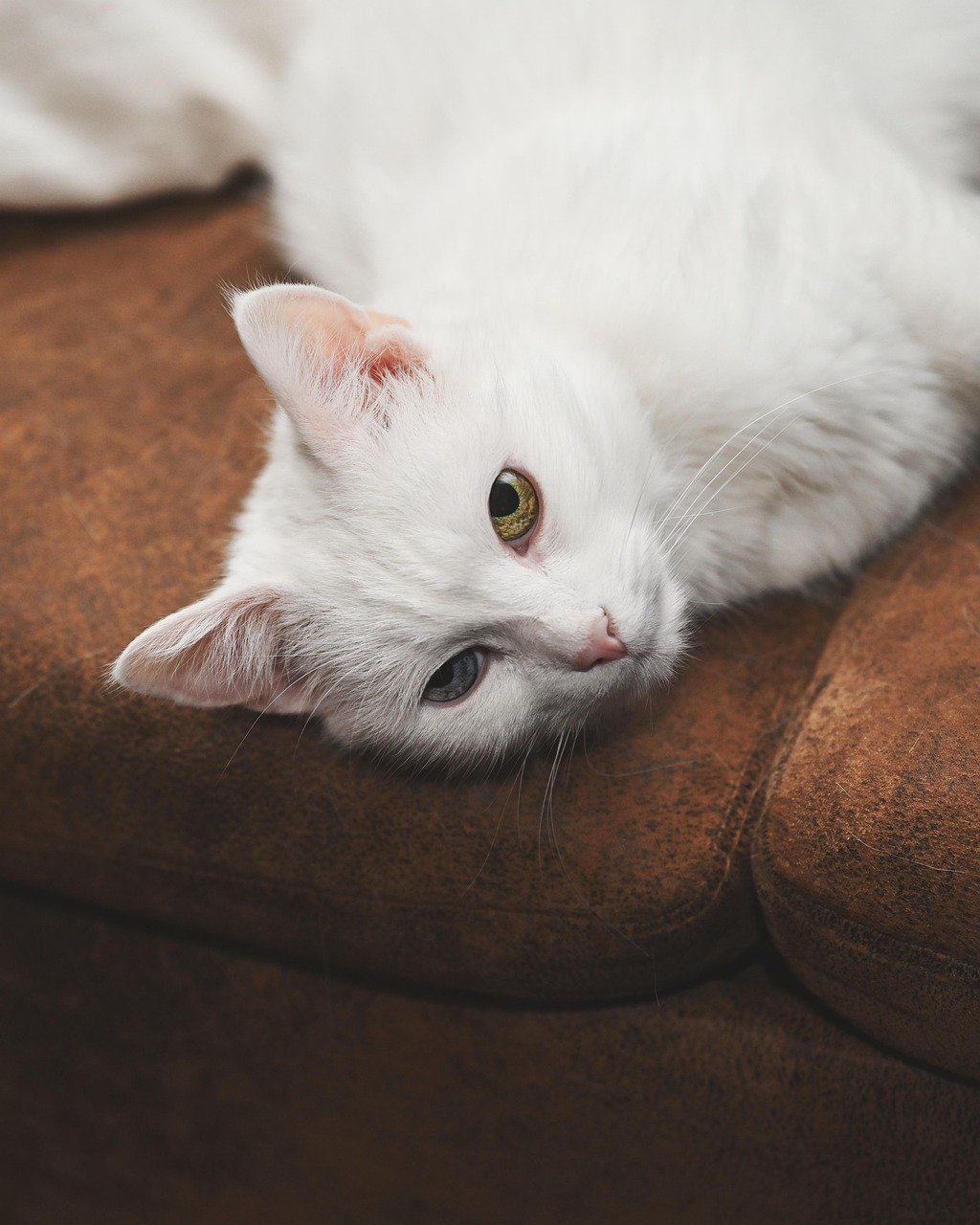
Winning over a cat’s heart (and tolerance for being picked up) takes patience and a gentle hand. Start by building positive associations: offer treats, praise, and soothing words each time you lift your cat, even if it’s just for a second. Respect their boundaries and never force the issue. Use slow, calm movements and support their whole body. Practice in short sessions, gradually increasing the time and height as your cat’s confidence grows. Remember, every cat is unique—some may never love being picked up, but with love and patience, many become more comfortable over time.
When to Seek Professional Help
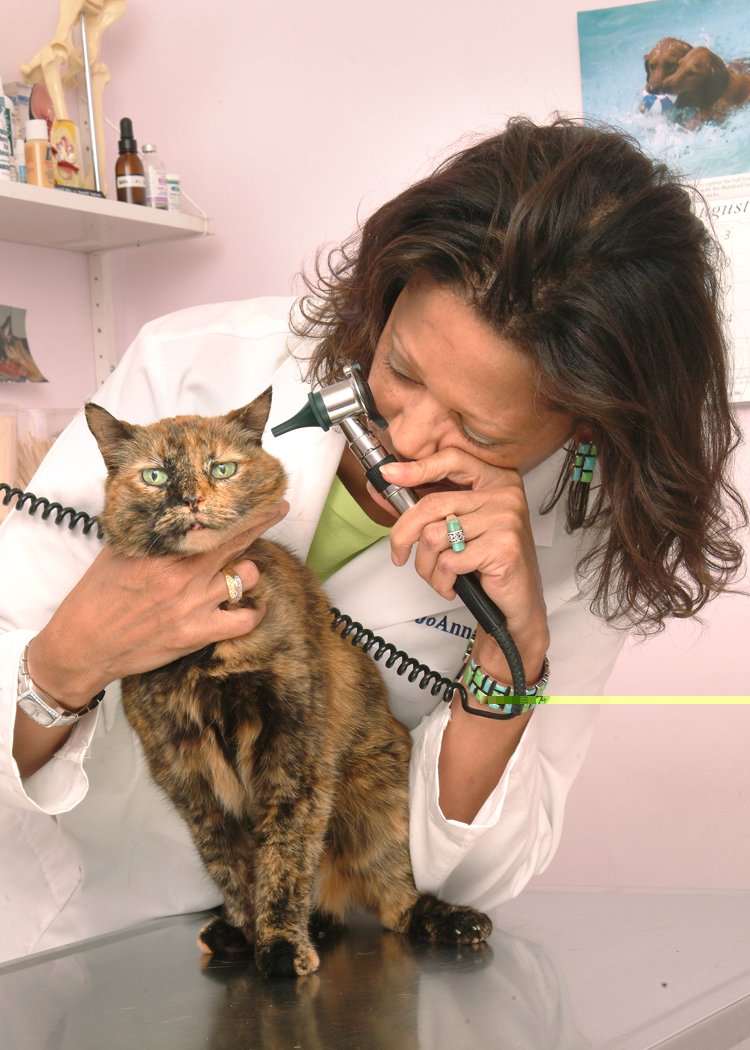
Sometimes, despite your best efforts, your cat’s aversion to being picked up doesn’t improve—or it gets worse. If your cat shows signs of pain, aggression, or severe anxiety, it may be time to consult a veterinarian or feline behaviorist. They can help rule out medical issues and provide tailored advice for your cat’s specific needs. Don’t be afraid to ask for help; sometimes, an expert’s eye can spot something you might have missed. Your cat’s wellbeing is always worth the extra effort.
Hi, I’m Bola, a passionate writer and creative strategist with a knack for crafting compelling content that educates, inspires, and connects. Over the years, I’ve honed my skills across various writing fields, including content creation, copywriting, online course development, and video scriptwriting.
When I’m not at my desk, you’ll find me exploring new ideas, reading books, or brainstorming creative ways to solve challenges. I believe that words have the power to transform, and I’m here to help you leverage that power for success.
Thanks for stopping by, Keep coming to this website to checkout new articles form me. You’d always love it!






